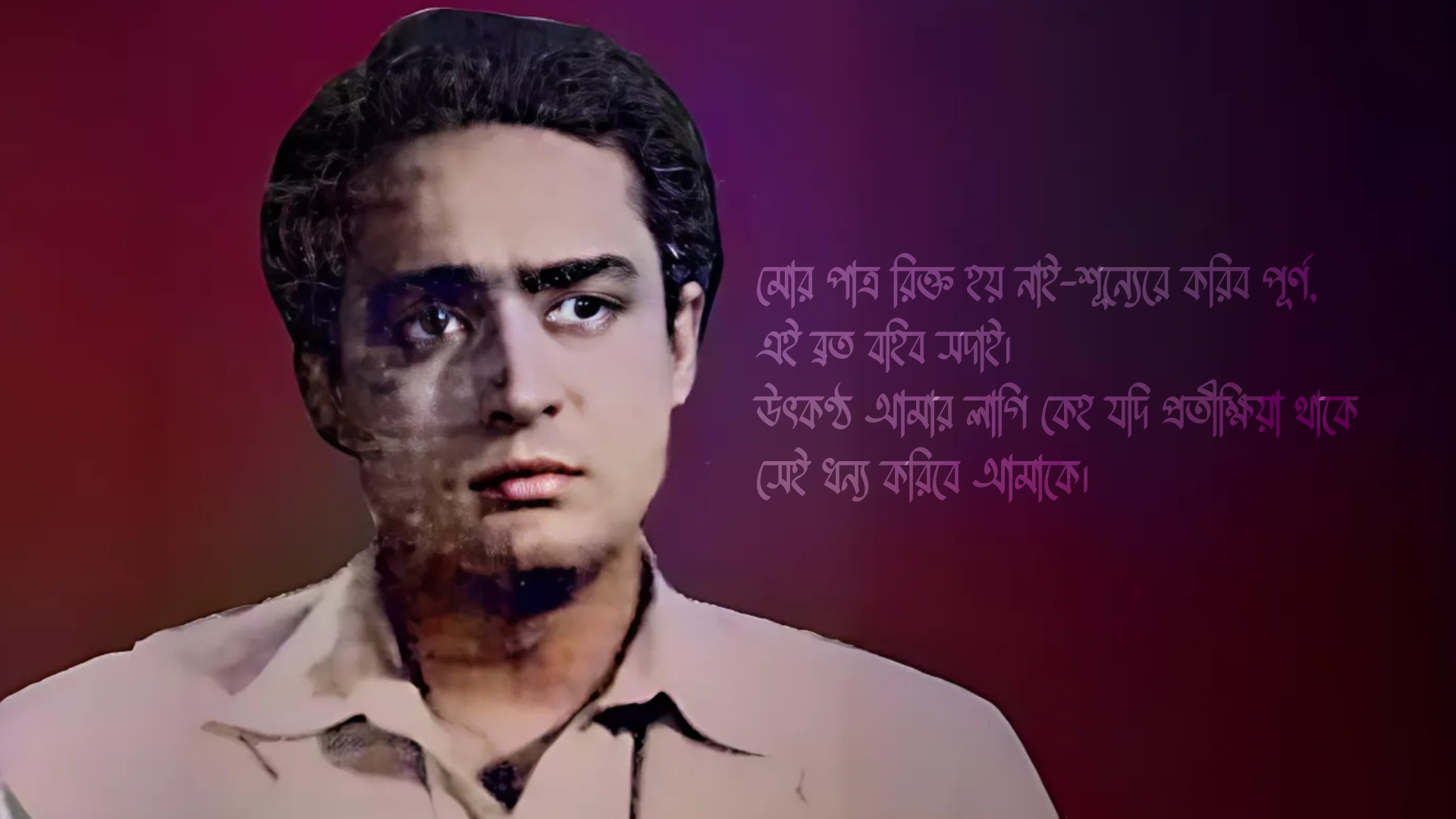
Birthdays are occasions for showering gifts. In an interesting role reversal on his 95th birthday, Tollywood’s seniormost actor decided to himself come up with a unique gift. Veteran actor NIRMAL KUMAR penned this article for his grandchildren, Upasana Bhattacharya and Anish Ray. The BFA memoir of his debut in Madhu Bose’s “Shesher Kabita” is the doting grandfather’s birthday gift to the cherub of his eyes!
Why BFA commissioned this piece:
Seventy years ago, on 4th December, Madhu Bose’s ‘Shesher Kabita’ had released at Chitra, Indira and Lighthouse. Chitra has been demolished. Lighthouse is now a shopping mall. Indira no longer runs as a single screen. But the story of the making of ‘Shesher Kabita’ remains as relevant as it was in 1953 when it became the vehicle for the acting debut of Nirmal Kumar. We, at BFA, were keen to have Tollywood’s seniormost actor revisit his debut. His daughter, MIMI BHATTACHARYA, had earlier worked on an aural history project of the National Film Archive on the life of her actress-mother, Madhabi Mukherjee. Bhattacharya, who is also an associate professor of history, kindly agreed to our request to convince her father to narrate the story as a gift for his grandchildren on his 95th birthday. She shared that priceless documentation with BFA!
Doing films was completely coincidental for me. Of course, I had a passion for acting. Sabitabrata Dutta, Santosh Dutta and I used to have a theatre group called Anandam. Sabitabrata and I used to work in the Calcutta High Court. There were many others from the High Court who were also part of Anandam.
Things changed one day when I was busy at an adda session at a tea stall close to Amitrayan on Rashbehari Avenue. Sabitabrata, whose pet name was Jhonu, interrupted and said: “Nirmal, you have to accompany me somewhere”. On being asked about the destination, he told me Madhu Bose’s name. I was flummoxed, not understanding what I could possibly do by meeting stalwarts like Madhu Bose-Sadhana Bose. I pestered Jhonu to reveal further. It was then that he told me that Madhu Bose was adapting “Shesher Kabita” and was looking for someone to play Amit Ray. Incidentally, they were scheduled to leave for Shillong to shoot the week after but still didn’t have the actor who would play the male lead!
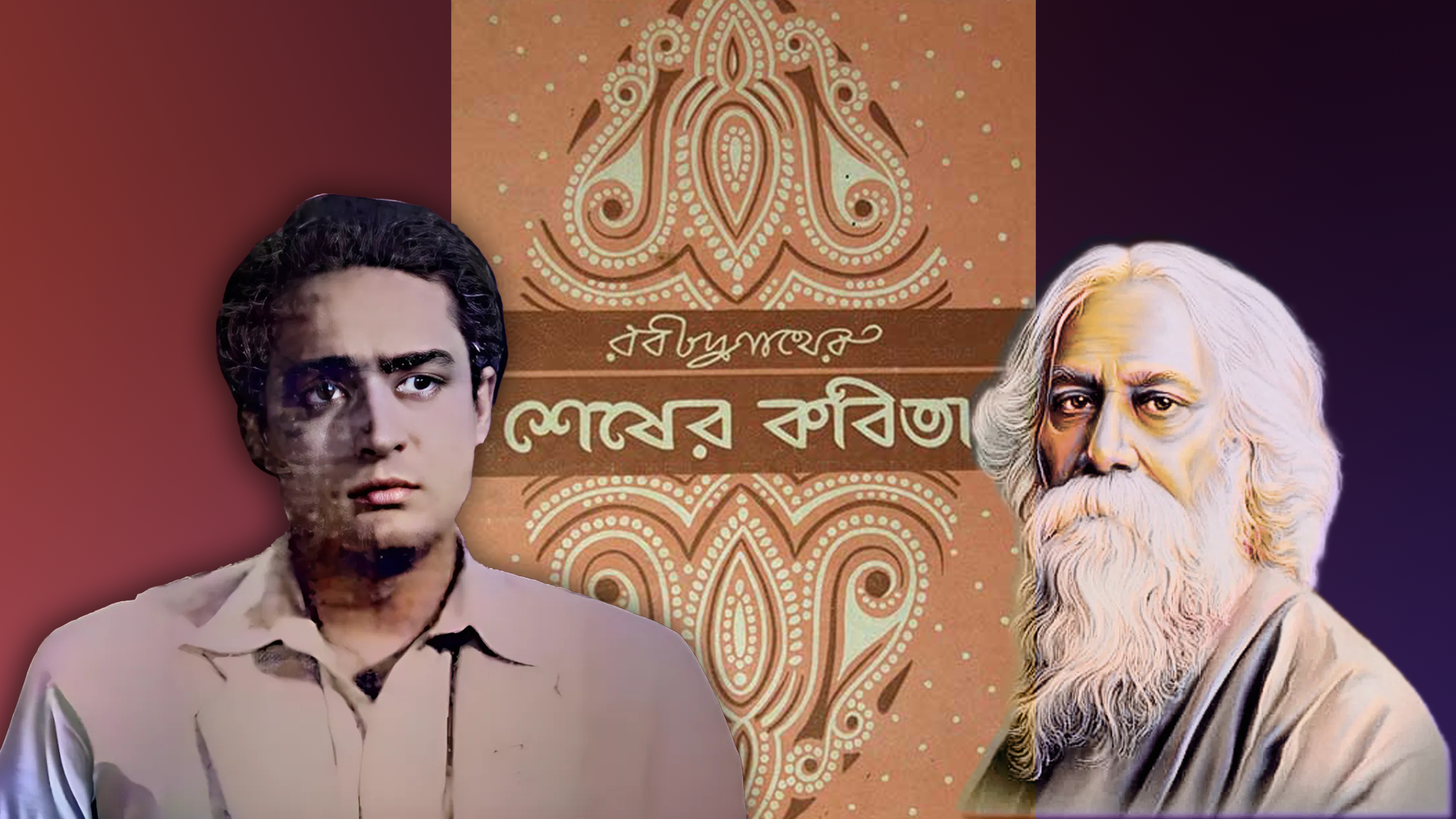
During that time, Asit Baran was a big name. Uttam Kumar was still not that popular. But Madhu Bose didn’t consider any one of them fit for this role. He needed a fresh face and the production controller Monilal-da (Monilal Srivastav) was completely at his wit’s end trying to get the casting right. Jhonu was called but he did not fit the bill. Soon after meeting him, Madhu Bose had said that his looks didn’t have what was required to play an Amit Ray. The veteran director had told Jhonu: “I won’t waste your time. You have the goodie-goodie looks. Amit Ray is anything like that. He is like a gust of wind, capable of doing anything at the spur of a moment. I want someone whose gait is different. It is not that I need him to be a great actor. I will be able to make him act.”
During the course of this conversation, Jhonu had mentioned my name to him. Needless to say, he was more than happy to meet a fresh face. The fact that I acted with him was a bonus. After my High Court hours, Jhonu asked me to meet him at his hotel. Initially, I was very sceptical about the meeting. Honestly speaking, I told Jhonu that I was not even ready for it. Jhonu rubbished my fears in no time and accompanied me too.
Initially, Jhonu went inside while I waited outside. Madhu Bose acknowledged Jhonu and inquired about me. On being told that I was waiting outside, he immediately asked Jhonu to get me inside. After introduction, he told me that he was aware that I acted alongside Jhonu in plays. He even mentioned that he had watched one production and liked me in a small role. Then he asked me if I knew why he had called me. I said no. Then he mentioned that he wanted me to play Amit Ray and asked if I had read “Shesher Kabita”.
Uttam Kumar was still not that popular. But Madhu Bose didn’t consider any one of them fit for this role. He needed a fresh face and the production controller Monilal-da (Monilal Srivastav) was completely at his wit’s end trying to get the casting right
Imagine my guts when I instantly said yes the moment he asked if I can play Amit Ray. “What’s there not to play Amit Ray? Of course, I can,” I said. Madhu Bose was stumped by my confidence and told Jhonu that on every earlier occasion, anyone who was given this offer had said he needed time to think over the proposal. And here was someone who was ready instantly. He then asked if I was ready to read any book he gave me. He handed over an excerpt from “Rabindra Rachanabali” and asked me to read it aloud.
I did and he interrupted midway. Then, he said he wanted to get my photos clicked at the Calcutta Movietone Studio. I was too eager and agreed to meet him in the evening. He sent over a car for me to go to the studio. On reaching, I saw Bose saheb’s assistant, Montu-da. I was asked to sit in the lawn. Soon after, Madhu Bose drove in.
“Montu, has that new boy come in?” he asked.
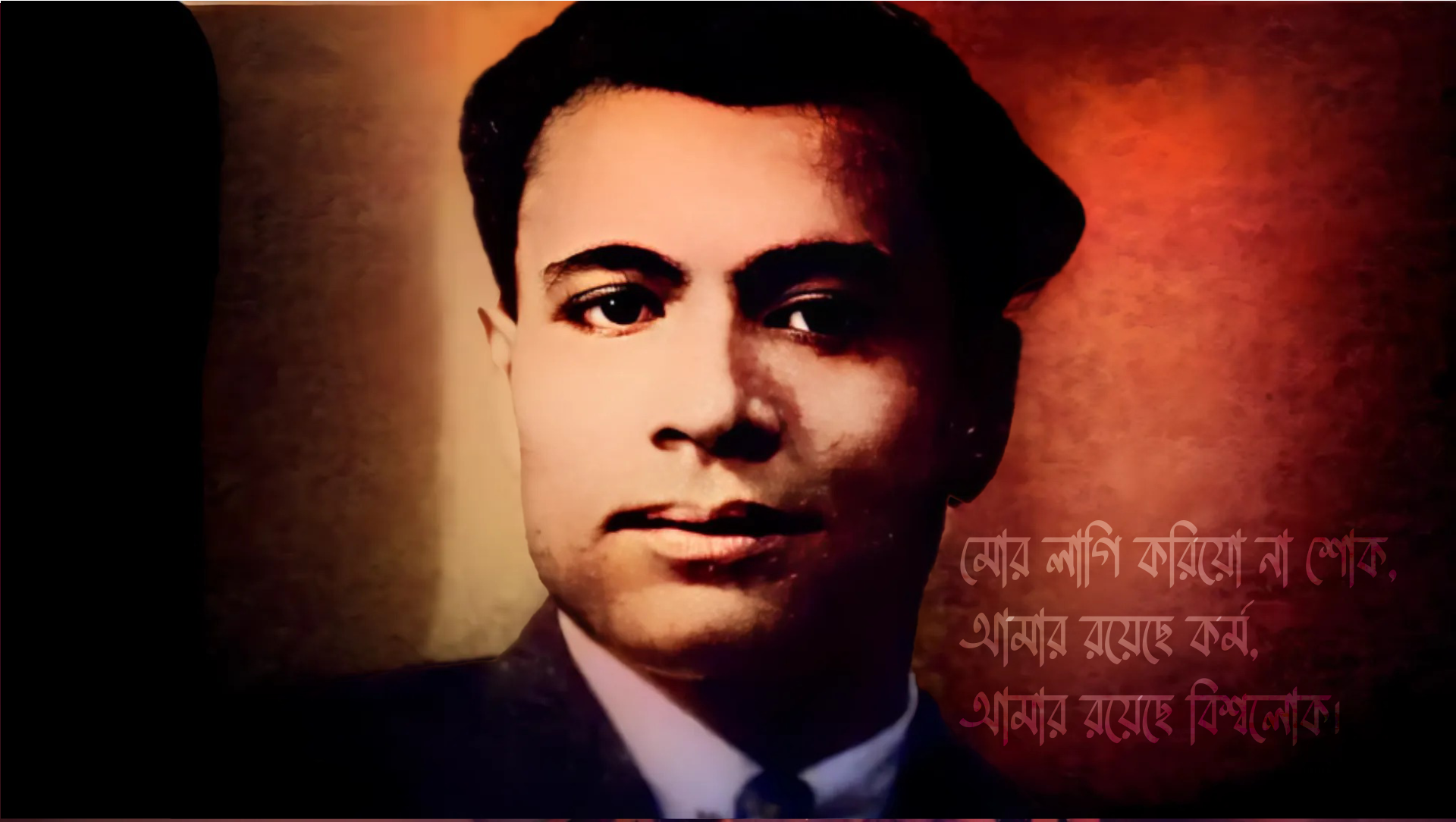
Cameraman GK Mehta was on the floor. By then, actress Dipti Ray had arrived. Her makeup was done. She looked at me and said: “He is too young”. Bose saheb looked at me and said: “Yes, I want to work with someone who is young.”
The cameraman took our solo photos on film. Dipti Ray and I were filmed together as well. Bose saheb wanted to see how we looked together. “I am not too worried about your dialogue delivery or voice. What worries me is how you will perform in front of the camera,” he told me.
I was quite childlike and retorted that I would confidently dance in front of the camera. “What? You will dance?” he said.
Immediately I corrected myself and said: “Don’t worry. I will be at ease performing in front of the camera.”
Slightly assured, he said: “Let’s see how you do that. Do you have woolen clothes? I will tell my production people to take you along and buy the woolens that will be required during your stay in Shillong. They will foot the bill and you don’t need to pay for that.”
By then, actress Dipti Ray had arrived. Her makeup was done. She looked at me and said: “He is too young”. Bose saheb looked at me and said: “Yes, I want to work with someone who is young”. The cameraman took our solo photos on film. Dipti Ray and I were filmed together as well
I knew only one known actor in the entire unit. That was Utpal (Utpal Dutt). I had worked in Indian People’s Theatre Association (IPTA). Utpal had joined IPTA back then. Bose saheb had got Utpal to do Michael Madhusudan. He used to profusely praise Utpal’s acting style and liked the way he was fluent in English and Bengali. “Utpal will also go to Shillong. I have kept a small role for him,” he told me.
Monilal-da was entrusted with the job of getting the woolens from a big store near New Market. In a couple of day’s time, I was told that we would be flying off to Guwahati and then to Shillong by road. That was my first plane ride. It was a Dakota plane that made a lot of sound while flying. I was asked to use ear buds to avoid any health issues because of the volume of the sound. In jest, I asked if I should even use cotton wool for my nose too!
The car ride to Shillong in the mountains was extremely memorable. I had never seen such a picturesque place before. Bose saheb stopped his car midway and said we must break for tea at a two-storied restaurant in the hills. By evening, we reached Shillong.
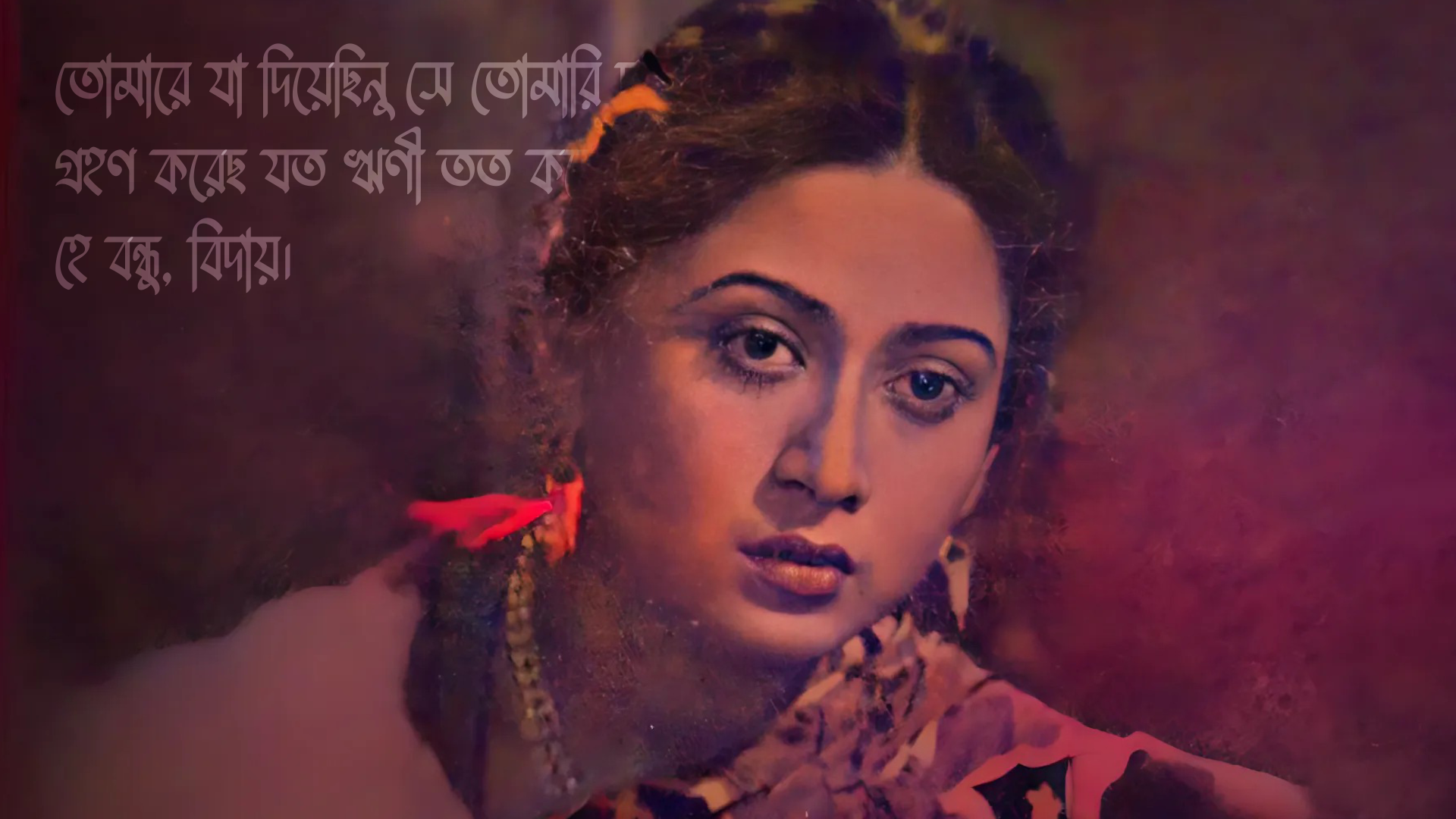
Two hotels were booked for the unit. Utpal and I were in two rooms in one hotel. Tuklu-da, who was Bose saheb’s favourite artist, was also there. Dipti Ray was booked in another hotel. When I went to meet Bose saheb at his hotel at night, he asked Montu to explain to me what I was expected to do on the first day of shooting.
Frankly speaking, it wasn’t a huge job. My first scene required me to take a walk in front of my hotel. There was another scene where I had ask Tuklu-da: “Ei ei shunchhen? (Hey! there. Are you listening?)”
Bose saheb asked me to repeat these lines three or four times. After that, I asked the cinematographer if I had got it right. He asked me not to worry, assuring me that Bose saheb would go for a retake if he was not completely satisfied.
English pronunciation for Amit Ray’s character had to be absolutely perfect. I pronounced the word ‘Darjeeling’ in a rather Bengali way. That certainly was not to Bose saheb’s liking. “Amit Ray puro saheb (Amit Ray is completely British). It will be a cardinal error if there is any Bengaliness in his pronunciation. It has to be pronounced as ‘Daar-jeeling’ and not ‘Darjeeling’,” he said. I have lost count of the number of times I had to practice saying ‘Daar-jeeling’ in the British way
That night itself the canned shots were flown to Kolkata and subsequently printed at a laboratory. Bose saheb was shown the print in Shillong. We heard that the print had arrived the next day. “Nirmal, come along with me and see how you have fared,” he told me.
This is the first time I was slightly nervous. “Do you want me to go?” I asked him.
“Of course, you have to. It is your film. You need to see how you have fared and understand where you have gone wrong,” he said.
I was happy with the result. Bose saheb asked Utpal for his views. Utpal said: “It’s OK.”
The next day, we again had a shooting. I was given a script. “Don’t read a newspaper now but concentrate only on the script right from the morning. If you have any problems, feel free to ask me or my assistant,” he said.
I would ask him for help in case I had problems. Once he asked me to say a line in a number of styles. “I will take the one I like the best,” he said.
English pronunciation for Amit Ray’s character had to be absolutely perfect. I pronounced the word ‘Darjeeling’ in a rather Bengali way. That certainly was not to Bose saheb’s liking. “Amit Ray puro saheb (Amit Ray is completely British). It will be a cardinal error if there is any Bengaliness in his pronunciation. It has to be pronounced as ‘Daar-jeeling’ and not ‘Darjeeling’,” he said. I have lost count of the number of times I had to practice saying ‘Daar-jeeling’ in the British way.
There was poetry of John Donne that I had to recite. Bose saheb guided me so that I could say those lines properly. He believed in brevity and would ask me to say just five or six lines. One thing that worked in my favour was my fearlessness.
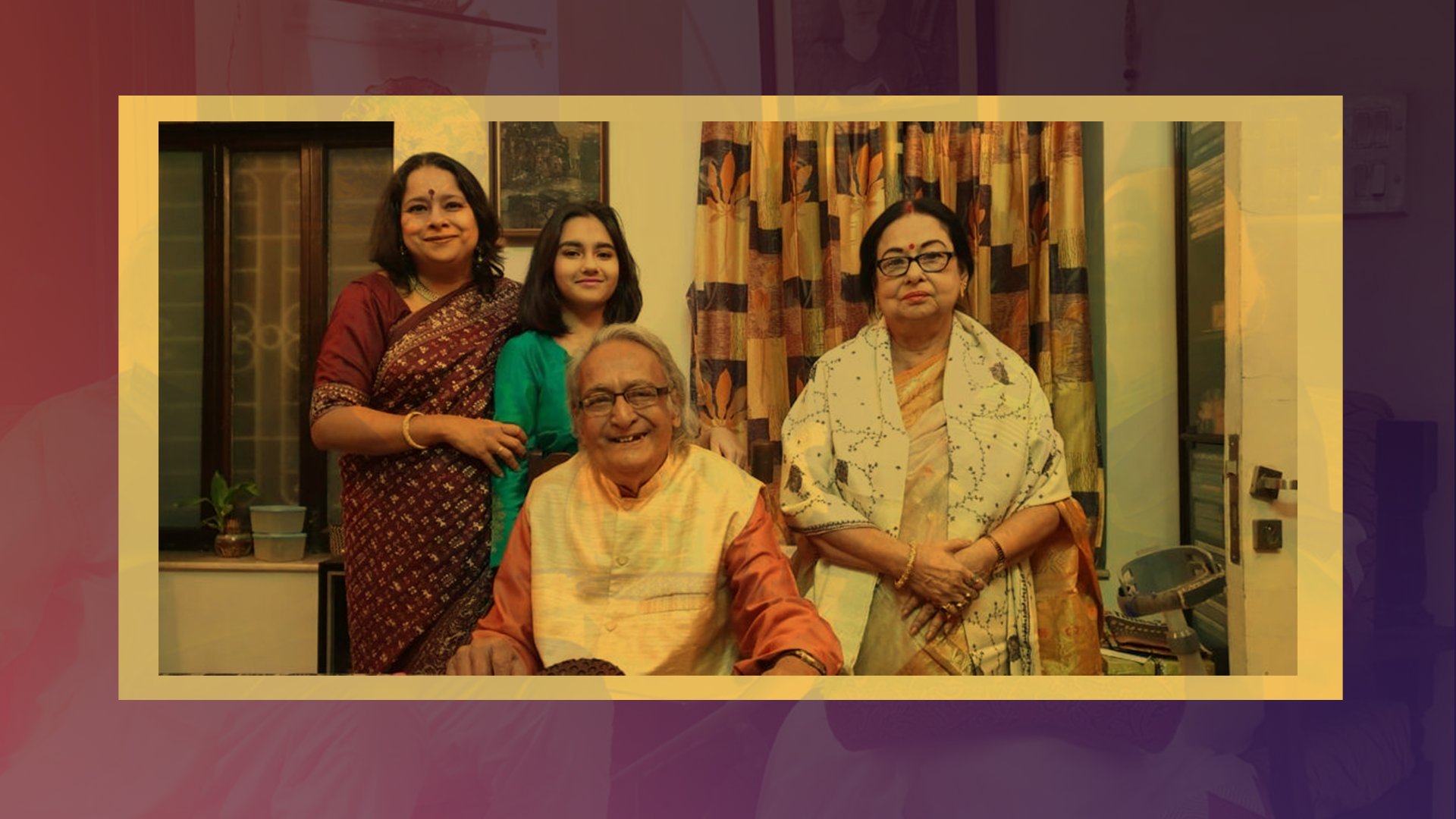
Utpal used to help me a lot too. When I asked him if I was right, he would say: “Thik ache. Ja korchhis, etai korbi. Bose saheb toh toke dekhiye diyechhe… sebhabe kore jabi. Tarpor ora dekhe nebe (Do whatever you are doing. Follow Bose saheb’s guidelines and act accordingly. Later, they will check what they want).”
Utpal had returned early. He didn’t have too many scenes. Most of the scenes were between me and Dipti Ray. We were there over a week. Once we returned to Kolkata, we saw the entire film at the laboratory. There were scenes where I thought I could have done better. The gait wasn’t right. Bose saheb again reminded me that Amit Ray was completely British and hence there had to be smartness in his walk. He wanted to take separate indoor shots of me walking. I had to practice how to do that. It took quite an effort to get that smartness right.
Bose saheb was very particular. That’s why Utpal was spot on in Michael Madhusudan. In fact, Utpal had briefed me about Bose saheb’s perfectionist traits. With him, there was no room for being slack. If he felt that he didn’t like something, he would just not keep the scene.
Dipti Ray was slightly elder to me when we were shooting. Sadhana Bose, who had played Katy (Mitter), was much older. Bose saheb therefore never filmed Sadhana Bose and me together. He would take our close-ups instead.
It was Bose saheb who had insisted that since I was the hero of the film, I must know everything about it. He told me that I must know how to ‘take lights’. Our cinematographer was very experienced. He helped me a lot to understand how lights work. If a scene was shot for over a week, Bose saheb would immediately have that printed and checked. He would do a retake if he didn’t like it.
There were scenes where I thought I could have done better. The gait wasn’t right. Bose saheb again reminded me that Amit Ray was completely British and hence there had to be smartness in his walk. He wanted to take separate indoor shots of me walking. I had to practice how to do that
The film had released at Lighthouse on 4th December, 1953. It was a Tagore adaptation and Bose saheb invited the elite of Kolkata for the screening. That included the likes of Uday Shankar and Amala Shankar. I was very tense. Bose saheb used to stay at a hotel that was just walking distance from the theatre. But he was so tense that he didn’t drop by for the screening.
I too was very tense and sat silently in the back row. Bose saheb had asked me to watch the film and then go and meet him at his hotel. Once the screening was over, everyone wanted to meet the on-screen Amit Ray. As luck would have it, I had by then already come downstairs and was preparing to go and meet Bose saheb. But those at the screening would have none of that. They were full of praise of my debut. I had no idea that the film would turn out so well. I was so tense that I couldn’t even fathom its merit during the screening.
Amid the adulation, I rushed out to meet Bose saheb. He asked about my opinion. I immediately blurted out saying that there was room for improvement in my acting.
His reply was: “That is bound to happen. But that can be taken care of. What did you think of the whole film in totality?”
I said that people had congratulated me. He heard me out and then said: “Let’s see how the audience accepts it now”.

Looking back, I feel it is rare to come across a serious and meticulous director like Madhu Bose. He would not take anything done in half measure. He would show us everything. He would ask me what I felt about a scene. He expected me to share with him if I felt a scene was not turning out well. That, he felt, would help him do a rehearsal with me again and then go for a retake. Not just his own satisfaction, he relied on the views of the actors too. If they felt they hadn’t got something right, he wanted to put in the extra effort to try again till it reached the desired level of perfection. That’s why Utpal’s Michael Madhusudan had such reached great heights.
He had a particular process of direction too. He would show actors what to do during the rehearsals. He would even show how to read out the dialogues. But he would never disturb an actor during a shot. After completion, he would ask: “Ebar ami boli? Amar mone hoy ei jaegae dialogue ta thik bola holo na. Tumi abar bhabo. Arekbar bolo (Now, can I say something? I feel the dialogue in this section was not said the way it should be. You think again and then say the line).” After following his instruction, I would realize that he was right in pointing out where I needed to change. “Amit Ray, after all, was a unique character and not like the ones regularly seen in Bengali cinema. So you need to keep a watch on every aspect before playing him,” he said.

